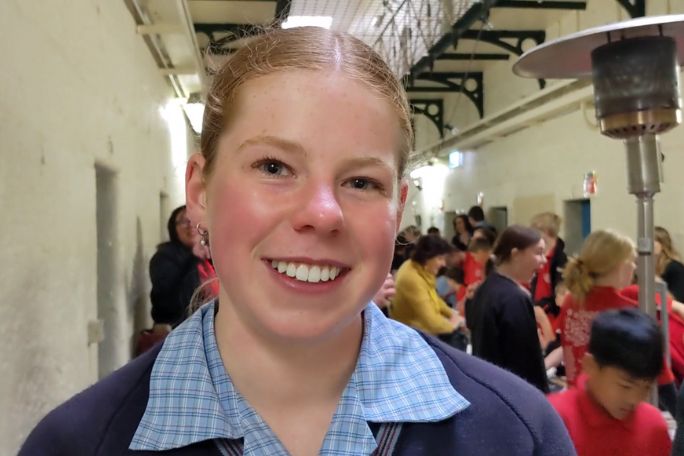Lesson summary
Successful enterprises are run by successful teams. Students will deconstruct the components of a successful team and how these components contribute to the overall goal of the team before discussing their’s and their classmates’ positive attributes.
Learning intentions:
Students will...
- identify that successful teams feature individuals with different skills
- identify and describe the skills and attributes of themselves and their classmates.
Success Criteria:
Students can...
- deconstruct the roles within a team and relate those roles to achieving a goal
- recognise their own strengths
- provide evidence of having demonstrated their strengths.
Lesson guides and printables
Lesson details
Curriculum mapping
This unit of lessons is intended to focus on many of the General Capabilities of the curriculum. There are many elements of the curriculum that can be overlaid into these lessons with minor modifications on the part of the teacher. For a full breakdown of the General Capabilities used and the curriculum links that can be drawn into each lesson, click here.
This lesson is part of the wider unit of work Creating a Social Enterprise.
Time required: 60 mins.
Level of teacher scaffolding: Medium – facilitate class discussion.
Resources required
- Device capable of presenting a video to the class
- Skills Assessment Worksheet (one copy per student)
- Student Worksheets – one copy per student.
Skills
This lesson is designed to build students’ competencies in the following skills:
- Communication
- Empathy
- Collaboration
- Social skills
Additional info
Cool would like to thank Social Enterprise Academy for supporting the development of these lessons.


Welcome back!
Don't have an account yet?
Log in with:
By signing up to Cool.org you consent and agree to Cool's privacy policy to
store, manage and process your personal information. To read more, please see
our privacy policy here(Opens in new tab).
Create your free Cool.org account.
Many of our resources are free, with an option to upgrade to Cool+ for premium content.
Already have an account?
Sign up with:
By signing up to Cool.org you consent and agree to Cool's privacy policy to
store, manage and process your personal information. To read more, please see
our privacy policy here(Opens in new tab).